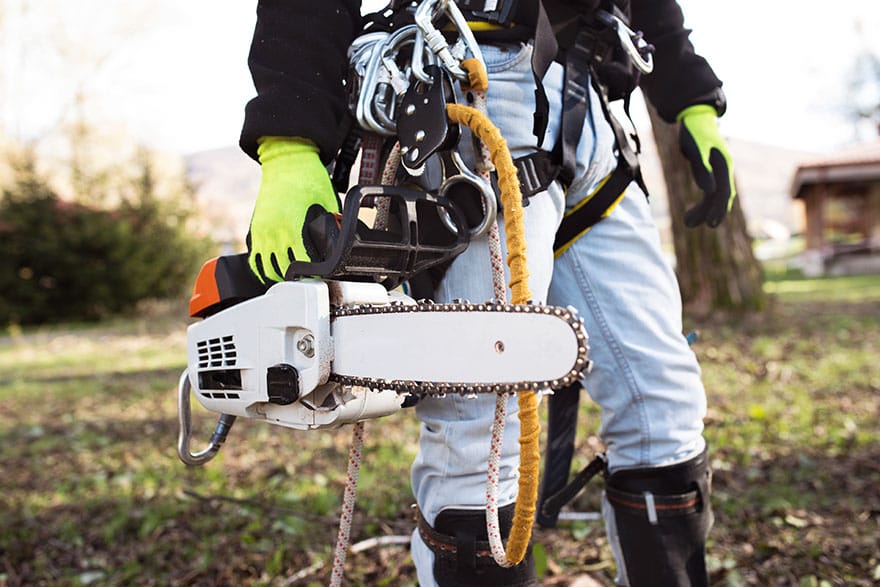If you have a well pump, then you probably know the ins and outs of maintaining it. Well, one of those things includes priming a pump because of which it works smoothly and properly, otherwise, you will need well pump repair more often. Here is a complete guide.
Why Prime Your Well Pump?
Priming a well pump is very important and here are some of its crucial benefits.
It Creates Pressure Vacuum
Priming a well pump creates a pressure vacuum that allows the water from the well to be sucked into the pump. Priming ensures that the well pump is working properly and there aren’t any problems during the operation of the pump. This is crucial for pumps because you want to ensure that everything is running smoothly and there isn’t any malfunction of the pump.
Prevents Backflow
This is a really common problem that occurs in well pumps and it is the backflow of water. It is when water flows in the wrong direction inside the household plumbing. Backflow of water can be really dangerous and it can cause bursting of pipes and malfunctioning of the pump in the long run. This can happen if the well pump isn’t primed. So, you want to make sure that the well pump, before initial operation, is primed, so that it can run smoothly and that you don’t run into any problems.
Provides Lubrication
Priming is also important to keep the well pump cool and lubricated. In well pumps, one of the biggest problems can occur due to friction and rubbing of the moving parts.
So, priming doesn’t only help to smoothly operate the pump, but it also ensures that the pump parts are not being worn down and this is something that will make or break your pump. Since there are a lot of moving parts in pumps, you want to ensure that you’re not leaving lubrication, because it can save your pump from major damage.
It Will Make The Pump Last Longer
Speaking of damage, priming the well pump can also make your pump last longer. There are a lot of benefits of priming your well pump and one of them is the increased longevity of the pump.
It’s kind of similar to lubrication, but if the well pump is primed and it’s being maintained properly, then there won’t be any faulty or worn-down parts and it will operate smoothly for years to come. Replacing a well pump is no joke and if you want to ensure that your pump doesn’t fall victim to different mechanical problems, then priming is a must.
Do All Pumps Need Regular Priming?
No, not all pumps need to be primed. If you have centrifugal pumps or older pumps that are not self-priming or self-lubricating, then you will probably need to manually prime your pump, especially if you’re using it for a long time. This will make the parts nice and emollient for running.
Usually, priming is done with water, because it’s commonly available, and almost everyone can prime their pumps with water for smooth operation. However, if you’re considering self-priming pumps, then those are amazing too, because you literally don’t need to maintain them at all and they last long.
An example of a self-priming and self-lubricating pumps is a submersible pump. A submersible pump is usually underwater and it operates amazingly in these conditions. You might get freaked out if you think that something like a pump can stay underwater, but these pumps can because they are watertight and they have heavy-duty seals that don’t let water into the electrical assembly of the pump.
Being submerged in water for the most part, submersible pumps can prime themselves with the well water and that’s one less task that you have to do. So, if you’re considering getting a new pump for your well, then definitely consider self-priming pumps, because they will make your life easier.
How To Prime A Well Pump
Here is a step-by-step guide on how to prime your well pump if you’re doing it manually. You can also hire a well pump service Sharpsburg for your pump maintenance including priming.
Disconnect Power
You want the pump to be disconnected from all power supplies when you’re priming it. So, turn off the main power switch, and then you can get to work. Water and electricity don’t go together at all and things can take a turn for the worse, so always make sure that you’re on the safe side before priming the pump.
Remove The Prime Plug
The next thing you’ll need to do is remove the prime plug. It is a square or hexagonal plug that is screwed on and off and then you can proceed to the next step.
Locate The Pressure Relief Valves
Before adding water to the priming valve, you want to first locate the pressure relief valves. This is an important step to do because you don’t want the water you’re pouring inside to spurt out and make a mess.
Relief valves tend to control the pressure buildup and you want to ensure that you’re opening them before doing the priming process, as this will prevent pressure from building up in the small space and lead to problems.
Prime The Well Pump
Once that is done, now you can prime the pump. For this, you either want to take a water bottle or a thin water hose and add water in the small space from where you removed the prime plug.
During the filling process, you want to check for any leaks and that will be evident if the water you’re pouring inside is disappearing fast. It means that there is a leak somewhere and you need to stop the priming process immediately and have your pump checked because that can be a huge issue and you don’t want to operate a tank that is faulty or has a leak.
Turn On The Pump For A Bit
Once the space is filled with water, you will turn on the pump and you will see it start to overflow into the casing. You want the casing to be filled and then you can turn the pump off. This is important to do because this will ensure that the whole assembly is pumped and ready to go. This will also prevent friction and wear and tear in the future. Some water might overflow, but that’s the point. You want the water to be pumped everywhere.
After this, you will screw back the prime plug and you will also connect the pump back to the power supply.
Test Run
All that’s left to do is a test run and in this, you want to see whether the pump cycle is running smoothly or if there is any temperature rise. If all is good, then your pump is primed and it is ready to be used. Just make sure that everything is screwed on tight, so that nothing falls off during operation, because that is an accident waiting to happen.
Conclusion
Well pumps need to be primed to work properly. It’s important to extend its lifespan as well. If your well pump isn’t self-priming and still priming is ignored, you will require well pump replacement Rohrersville sooner than later.


